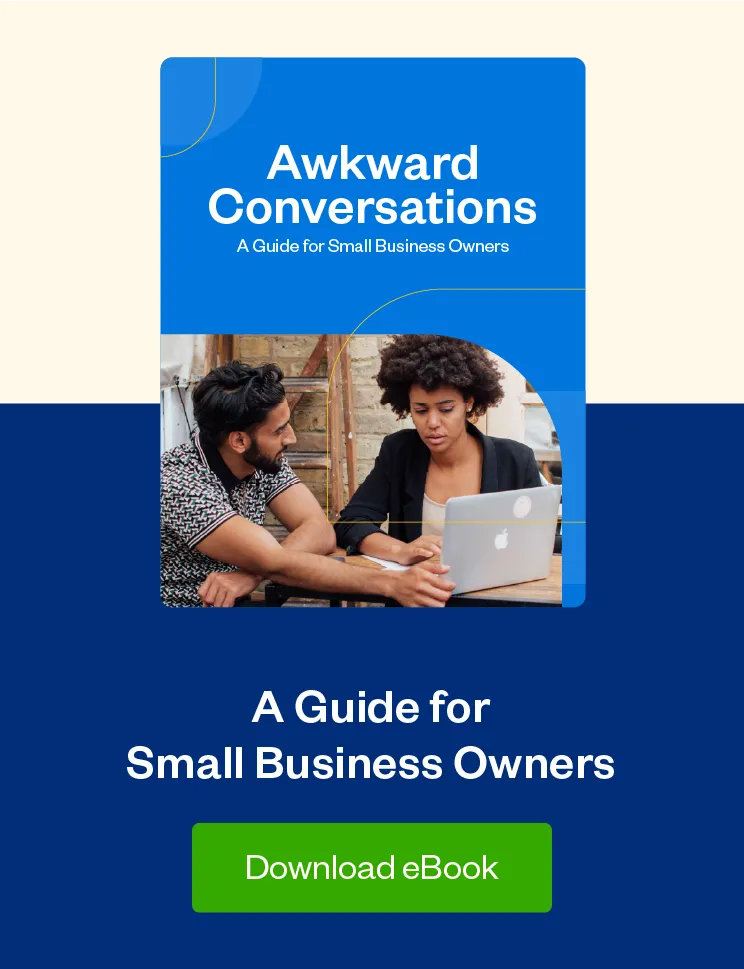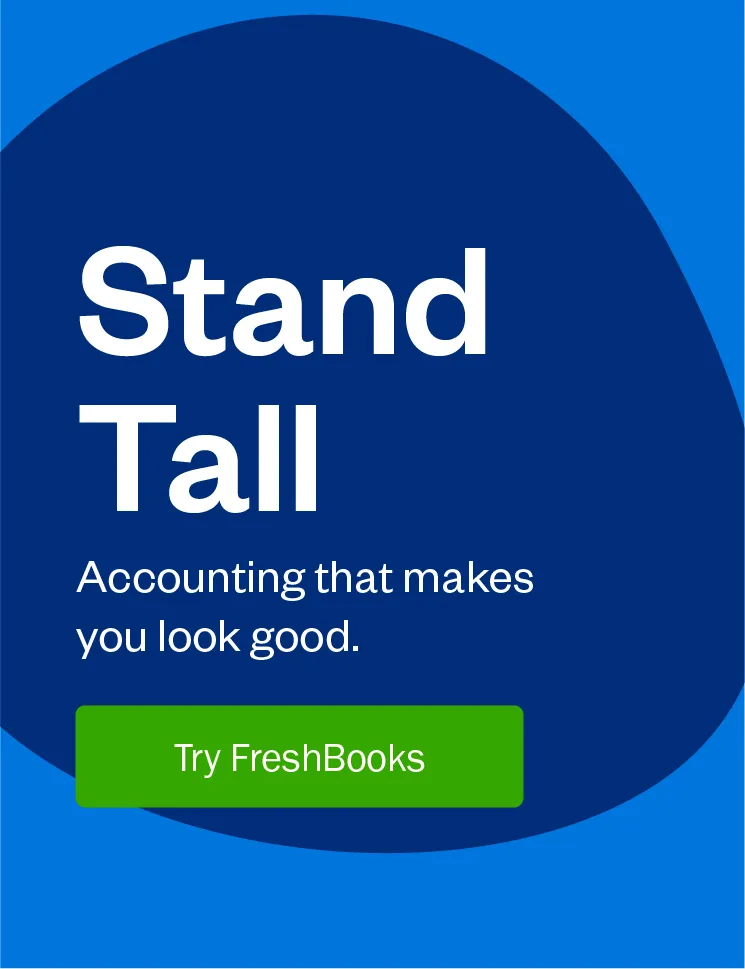Referrals are the lifeblood of many small businesses, especially in uncertain economic times. Here's how to boost your income by asking for referrals.

According to Alignable, 85% of small business owners depend on word-of-mouth referrals to get more local clients. While there’s no denying how powerful referrals are for growing our income, many of us don’t go looking for them.
Instead, we wait and think: “If I deliver great work for my clients, the referrals will come.” The truth? This approach is passive, especially in uncertain economic times.
Take charge of your business by actually asking for them. The key is knowing when and how to ask.
Table of Contents
Asking for Referrals: It’s About Timing
Put yourself in your client’s shoes: Would you be willing to refer a service provider who asked for a referral only a few weeks after they started working with you?
Chances are you wouldn’t. In fact, not only would you probably think it was strange at such an early stage in the business relationship, but you may also feel they are “money-hungry” or even wonder: “Are they already moving on?”
Your clients are no different, and asking for a referral too early in a relationship sends the wrong message. If anything, it only increases the chances of souring that relationship.
At the beginning of any business relationship, you should focus on getting feedback to see if your clients are happy and even attempt to increase your workload. But as the relationship evolves, they’ll begin to trust you and learn what you’re capable of. It’s at this point you can comfortably ask for a referral.
While only you can discern when you’ve reached this point, here are some common cues that suggest it’s time to ask:
- You’ve hit a significant milestone in the relationship, e.g., you’ve worked with the same client for six months or just finished a major project that’s taken months to complete
- Your client is always praising your work
- They’ve made it clear they’re delighted with your output, but have put a clear cap on how much work they can give you
How to Ask for Referrals When the Time Is Right
There is no one-size-fits-all way to ask your clients for referrals, but if you follow these guidelines, you’ll be on the right track:
1. Make the Request Special: Personalize Your Emails
Your first instinct may be to type a quick email or—because asking for referrals makes you uneasy—do a quick Google search to find a standard email template you can quickly customize and send.
While this approach may yield some results, you’re better off spending a little more time on those emails, so they connect with clients and show just how grateful you are for all the work.
Avoid the temptation to send a request tucked away in an email with the latest invoices or, even worse, one that’s part of any other back-and-forth with the client. Why? You don’t want your client to view your request as an afterthought. If they do, they’ll be far less likely to refer you.
Considering this, here are some tips to send a personalized email:
- Address the client by name—this may seem obvious, but many people forget this simple detail
- Don’t immediately ask for a referral at the start of your email, instead begin on a lighter note by thanking them for all the work or even mentioning how much you enjoy working with them
- Mention projects you’ve just completed, and highlight how you enjoyed tackling them
- Flatter them a little: Say you’d like to find more clients just like them
2. Make Your Request Specific
As a small business owner, you may have a basket of services you offer. If you reach out to a client and ask them for a referral without specifying the service you want them to refer you for, you’re only creating more work for them: They now have to figure out what you want to do and for what kind of client.
Remember, by asking for a referral you’re actually asking your client for a favor. And, when you ask someone for a favor, you don’t want to create more work for them. Instead, you need to make it easy for them to help you. This means you must have a clear idea of what you want and be specific in your request. The added benefit is that you improve the chances of getting a quality referral.
Let’s say you’re a photographer and a client recently hired you to take their corporate headshots for Linkedin. When asking for a referral, don’t ask: “Do you know of anyone who needs a photographer?” Instead ask: “If you know any other business owners who need an update to their website or LinkedIn executive headshots, I’d love a referral!”
And, If you want to get even more specific, specify the area: “Do you know anyone who needs executive headshots in the Portland area?” The same applies if you’re a copywriter, landscaper, law firm or building contractor.
The more specific your request, the higher the odds that your client will recall someone who may need your services. Even if clients’ can’t do so immediately, chances are they will be able to in the future, particularly if you make a habit out of asking for referrals periodically.
3. Reward Your Clients for Referrals
Finally, everyone loves a gift, and when we receive something, we’re far more inclined to return the favor. Your clients are no different. Sure, if your clients love your work, they’ll probably be more than happy to give you a referral anyway. But, this doesn’t mean you shouldn’t show courtesy and provide them with something in return to say thank you.
These gifts don’t have to be expensive—they can be something as simple as a handwritten thank you card or a discount on their next invoice. They don’t even have to be tangible—they could, for example, be a simple LinkedIn recommendation.
Bonus: Example Referral Email
Now that you understand asking for a referral should be special, with a customized email and the offer of something in return, let’s look at a quick example email. This email merely serves as inspiration—you should still create your own unique email for each client.
Hi Samantha,
How’s your week going?
We’ve been working together for over six months now and have tackled many diverse projects. While I’ve thoroughly enjoyed all the work, writing the last two eBooks made me realize just how much I love tackling these larger projects.
Seeing as you mentioned how much you loved those eBooks, I was wondering: Do you know anyone—colleagues or friends—in the B2B technology industry who might be looking for an eBook writer, or would be open to a pitch from me?
Please do let me know.
I’d love to return the favor: If I can do anything to help grow your business (e.g., writing a LinkedIn or website recommendation) please let me know!
Best,
Nick
The Bottom Line When Asking for Referrals
Referrals remain the lifeblood of many small businesses. Many people make the mistake of passively waiting for these referrals instead of actively asking for them. Instead:
- Get your timing right by asking for a referral after you’ve built a relationship
- Approach it the right way by making your requests unique, customizing your emails, and offering an incentive
Remember: When your client does give you a referral, thank them—common courtesy goes a long way to nurturing your existing relationships. And play the long game. These things often don’t manifest instantly, but when the right opportunity or conversation arises. The goal is to be top-of-mind at the right time!
This doesn’t mean you should be banging on your client’s door every week, but it does mean you should develop the mindset of frequently asking—two to three times a year with a single client is usually enough.
Have you ever asked for a referral? What was your experience?
This post was updated in April 2020.

Written by Nick Darlington, Freelance Contributor
Posted on May 26, 2020

 Finding Clients in Today’s Economy
Finding Clients in Today’s Economy 5 Simple Steps to Getting Better Clients
5 Simple Steps to Getting Better Clients How to Find and Land Repeat Clients for Your Business
How to Find and Land Repeat Clients for Your Business





